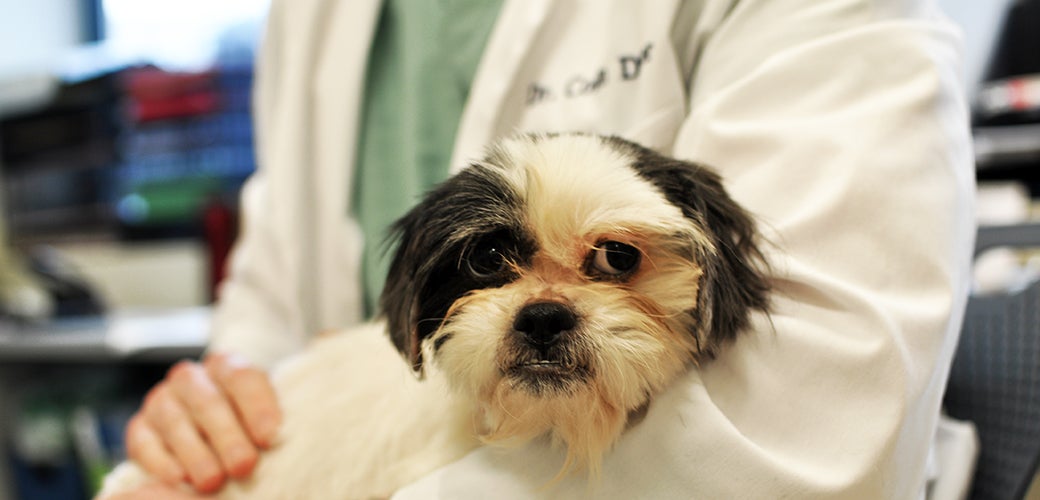At Thompson Vet, we really want to make sure you know your best defense against common #dog diseases. If you aren't aware, how can we prevent them? Together with the proper provider for your dog, you can keep on top of all vaccinations and updates on common illnesses and #dogdiseases.
Keep in mind, if you are in the Spingtown, TX area, we expect you to choose us! lol
Seriously, please call on us at anytime to make an appointment for your well checks for your pup. Our new patient exams are on special for only $30 and you can not beat that price!
Recently we found a great website page on
ASPCA website. We would love to share some things about the most common diseases.

Source:
ASPCA
As a dog parent, it is important to recognize the signs and symptoms of common illnesses so you can seek veterinary help for your canine friend as soon as possible. Read on for information about diseases and other medical inflictions that frequently impact dogs.
Cancer
Finding out that a loved one has cancer can be very scary and confusing. When that loved one is your dog, it’s important to keep in mind that different veterinarians might have different views on the best way to treat the disease. It’s always a good idea to seek out a second opinion, perhaps from a veterinary oncologist, and carefully review your options.
Diabetes
Diabetes in dogs is a complex disease caused by either a lack of the hormone insulin or an inadequate response to insulin. After a dog eats, his digestive system breaks food into various components, including glucose—which is carried into his cells by insulin, a hormone secreted by the pancreas. When a dog does not produce insulin or cannot utilize it normally, his blood sugar levels elevate. The result is hyperglycemia, which, if left untreated, can cause many complicated health problems for a dog.
Heartworm
Heartworm is a parasitic worm that lives in the heart and pulmonary arteries of an infected animal. The worms travel through the bloodstream—harming arteries and vital organs as they go—ultimately completing their journey to the vessels of the lung and the heart chamber about six months after the initial infection. Several hundred worms can live in one dog for five to seven years.
Kennel Cough
Kennel cough is a term loosely used to describe a complex of respiratory infections—both viral and bacterial—that causes inflammation of a dog’s voice box and windpipe. It’s a form of bronchitis and is similar to a chest cold in humans.
Parvovirus
Canine parvovirus is a highly contagious viral disease that can produce life-threatening illness.
Rabies
Rabies is a viral disease that may affect the brain and spinal cord of all mammals, including cats, dogs and humans. This preventable disease has been reported in every state except Hawaii. There’s good reason that the very word “rabies” evokes fear in people—once symptoms appear, rabies is close to 100% fatal.
Ringworm
Although the name suggests otherwise, ringworm isn’t caused by a worm at all—but a fungus that can infect the skin, hair and nails. This highly contagious disease can lead to patchy areas of hair loss on a dog and can spread to other animals—and to humans, too.
















